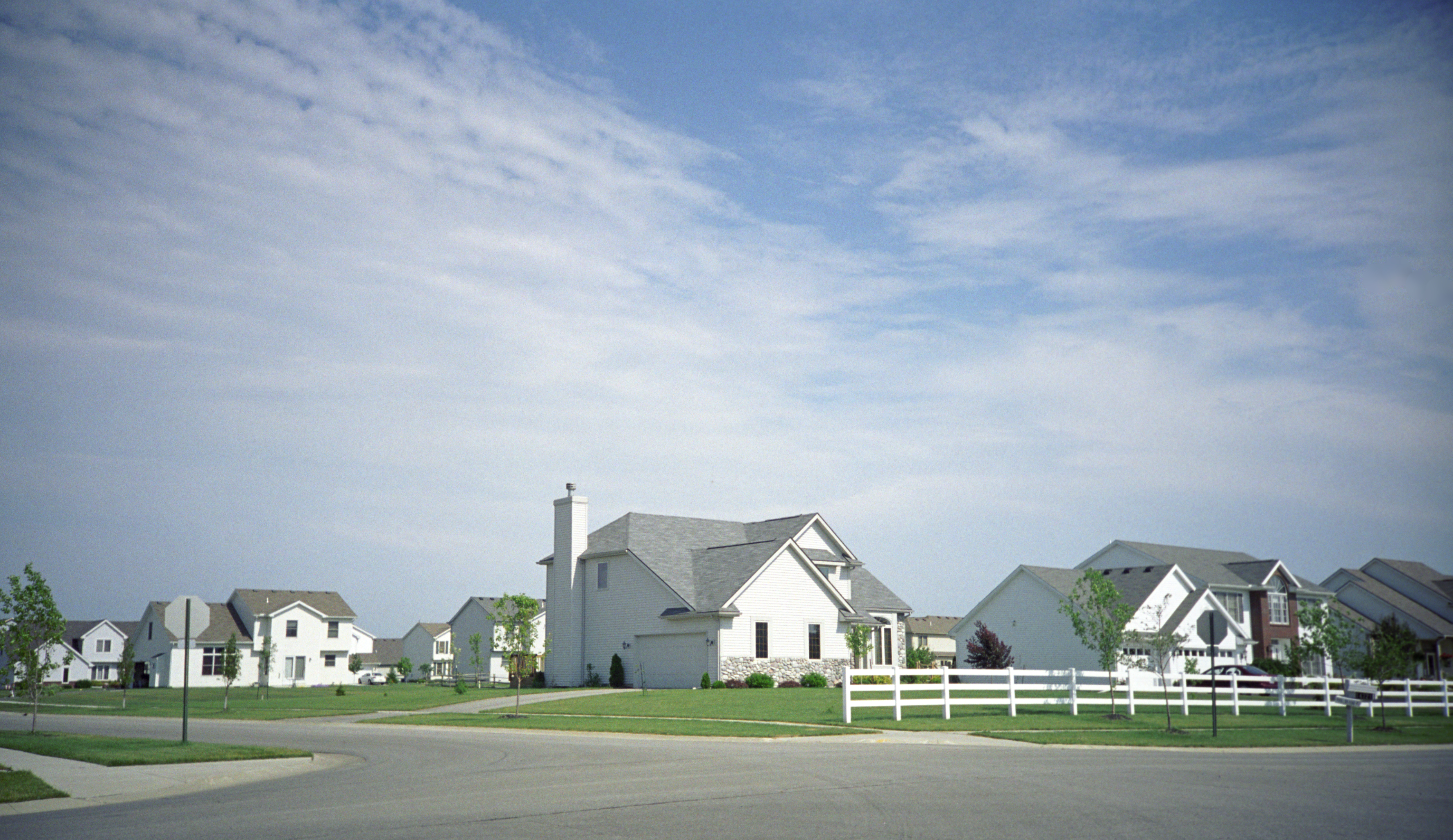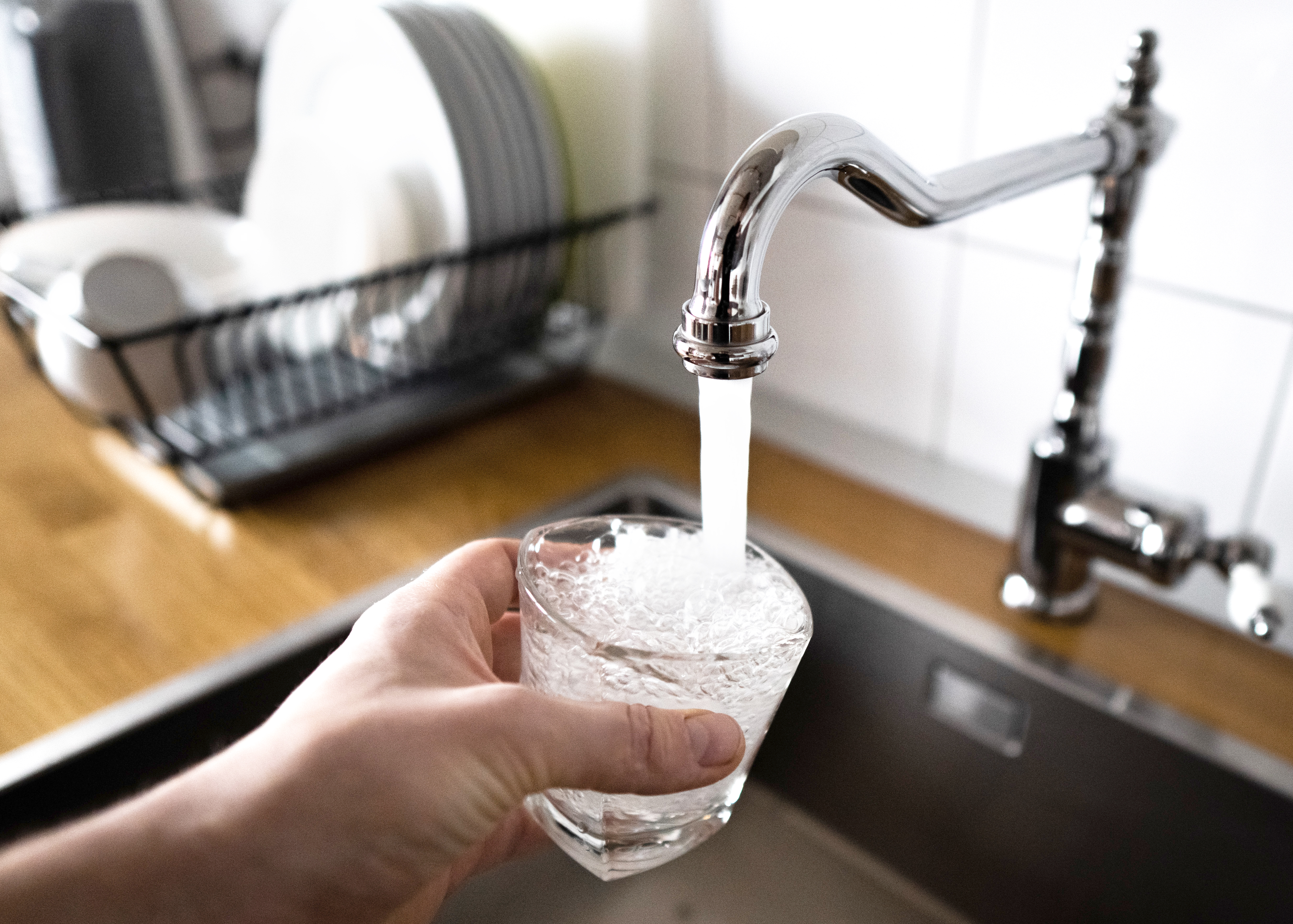
Discover the leading factors affecting your main water line replacement cost in Columbus, including length, material selection, and installation details.
Signs your plumbing might need repair include rattling pipes and low water pressure


Bathroom clogs are bound to happen and may require plunging or a drain snake.
A perpetually running toilet is most commonly caused by a faulty flapper.
Cracks and leaks can cause low water pressure or discolored water.
Cold or lukewarm water could be an issue with your water heater.
Always call a pro for plumbing repairs that extend beyond a simple DIY
From cold bathwater to noisy pipes, bathroom plumbing problems happen to every homeowner at some point. However, early identification is important to ensure a minor issue never turns into something major. Learn the top nine signs your bathroom plumbing needs repair so you can call in a pro right away.

Dealing with an overflowing or clogged toilet is never fun, but blockages happen—especially if you flush things other than toilet paper. The blockage is most likely somewhere in the drainpipe, but it can be further along in the line between your toilet and sewer main.
A plunger will do the trick for a small clog. If this isn’t enough, you’ll need to snake the drainpipe. Other times, a clogged toilet can be caused by other plumbing issues, like a poor drainage layout. In the case of repeat clogs, bring in a pro.
Is the water in your toilet tank continuously running? This problem is caused by a simple malfunction with the flapper. Your flapper is a tiny valve in the toilet tank. When it wears down or breaks, it can’t form a complete seal, causing water to continuously leak into your toilet.
To stop a running toilet, you’ll usually need to replace the toilet flapper. This is a simple DIY for someone with light plumbing experience, but you may want to bring in a pro if you don't know what you’re doing.
Slow-draining or clogged bathroom sinks and showers can be a common occurrence since both are subject to frequent influxes of hair, soap residue, toothpaste, and makeup muck. This build-up can get stuck in the drain, stopper, or P-trap.
You can try using a pipe snake to release a clog or try a homemade mix of baking soda and vinegar. But if all of the sinks in your house are slow to drain, this might be a sign of a larger issue like a pipe leak, a hidden clog, or even tree roots that are clogging the main sewer line.
If you observe a leak in your home, do not procrastinate getting it fixed. This can help prevent future plumbing emergencies and water damage to your home while saving a significant amount of money in wasted water.
Also known by the off-putting term ‘water hammer,’ the sound of knocking pipes when you turn off a faucet happens when the flow of water suddenly stops and a ‘shock wave’ rattles through the pipes.
Poorly secured pipes or the plumbing system in older homes can also be a cause of rattling pipes. Rattling pipes are more annoying than anything else, however, it can get worse over time.
To eliminate a water hammer, drain the water lines and charge them with water. This introduces a pocket of air that acts as a cushion. If that doesn’t work, adjusting the water pressure could help. If the rattling is caused by loose pipes, you’ll need to secure them.
All those drips from leaky faucets add up to dollars down the drain. Thankfully, diagnosing the cause of dripping faucets is fairly straightforward. Most of the time, it’s due to worn-down components in your sink.
The fix could be as simple as replacing a loose washer (metal), O-ring (rubber or plastic), or corroded valve. If these simple fixes don’t solve the issue, the entire faucet may have to be replaced.
If distinctly rotten smells are seeping up from your drains, it could mean you have a cracked or clogged sewer line or a loose connection joint behind a wall.
Contact a licensed plumber in your area to hunt down cracks or leaks, but you can also try a baking soda and white vinegar mix to reduce smells in the meantime.

If your once-invigorating shower has become a lackluster rinse, it could indicate a variety of issues. The simplest problem to solve is a clogged showerhead or faucet, most likely due to mineral buildup from hard water. If that’s not the issue, you may have a leak or clog somewhere in one of the water lines.
Check the faucet or showerhead to see if either is clogged with water calcification. Soak the heads in plastic bags filled with vinegar for a few hours (or overnight). If that doesn’t help, contact a plumbing professional and have them check for a clogged or burst pipe.
Another sign that your bathroom plumbing needs repair is discolored water. Your water should always be clear and free of any cloudiness, color, or sediment. Yellow- or orange-tinged water may mean that rust is leaching from the pipes, in which case you’ll need to clean rust stains from your bathtub and sink.
Eroding copper pipes will emit a green tint, and actual soil or other sediment means there is a leak or break somewhere. If the water flowing from your bathroom, shower, or in the toilet is less than clear, contact a plumber right away.
Discolored water is common if there’s been a recent water main repair or construction project in your area. If this is the case, you’ll be able to run your faucets until the water clears. If it doesn’t go away, you’ll need to call a plumber to diagnose the cause.
Are those hot showers not so hot anymore? Does the hot water turn cold within minutes, even if it’s the first thing in the morning? It could be that the water heater element is faulty or it’s time it was replaced. Residual hot water will be used up but the tank can’t maintain a steady temperature if the element is damaged or broken.
You’ll need to contact a professional plumber for a repair. They may have to replace the heating element in your water heater. If this has always been a problem in your home or started becoming a problem after you installed a new fixture, the capacity of your water heater may not be enough for the demand. In that case, you can install a larger water heater or an additional point-of-use water heater.
Handy homeowners can plunge out a toilet clog or swap out a damaged flapper, but once the repair is no longer simple DIY, you should contact a local plumber. This is especially true if it involves work on a gas appliance like a water heater. Even if you have experience, repairing this can be dangerous, so leave these jobs to a licensed pro.
Outside of potential safety risks, in many cases, hiring a plumber is well worth avoiding costly water damage from a shoddy DIY repair. Only DIY if you know exactly what you’re doing.
From average costs to expert advice, get all the answers you need to get your job done.

Discover the leading factors affecting your main water line replacement cost in Columbus, including length, material selection, and installation details.

Learn about main water line repair costs in Columbus and what affects pricing to be prepared before you start getting estimates.

Learn how much plumbers cost in Columbus, Ohio. Discover pricing for faucet repairs, pipe work, and emergency services, plus how you can save money.

A new showerhead is an easy, affordable way to upgrade any bathroom. Learn how to change a showerhead, from removing the old to installing the new.

What is an anti-siphon valve? Our guide covers what it is, how to install one, and more tips to ensure that your drinking water stays fresh and protected.

If your toilet is leaking at the base, it can be a cause for concern. So grab some towels to stop the flow and explore these six common culprits for a leaky base.